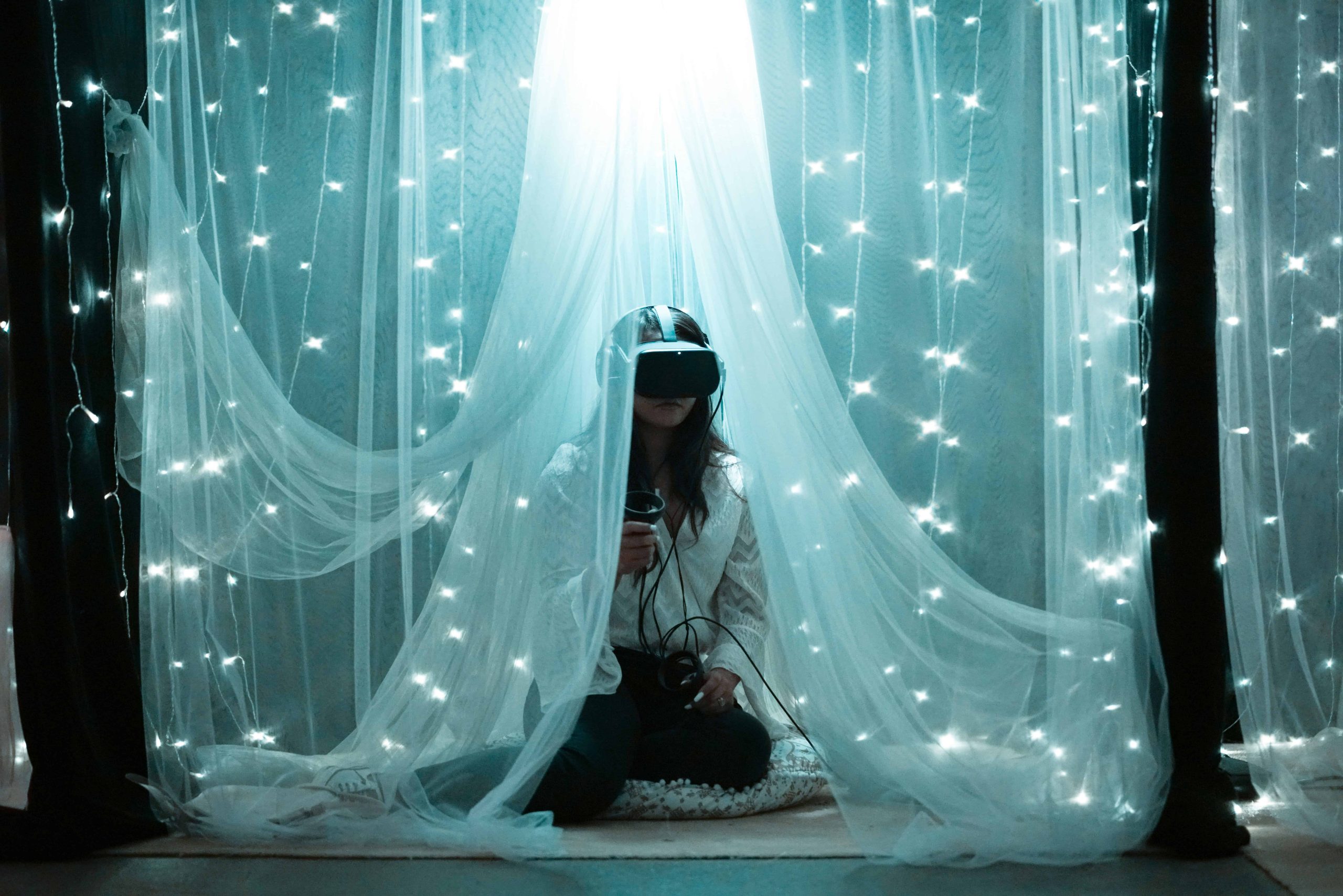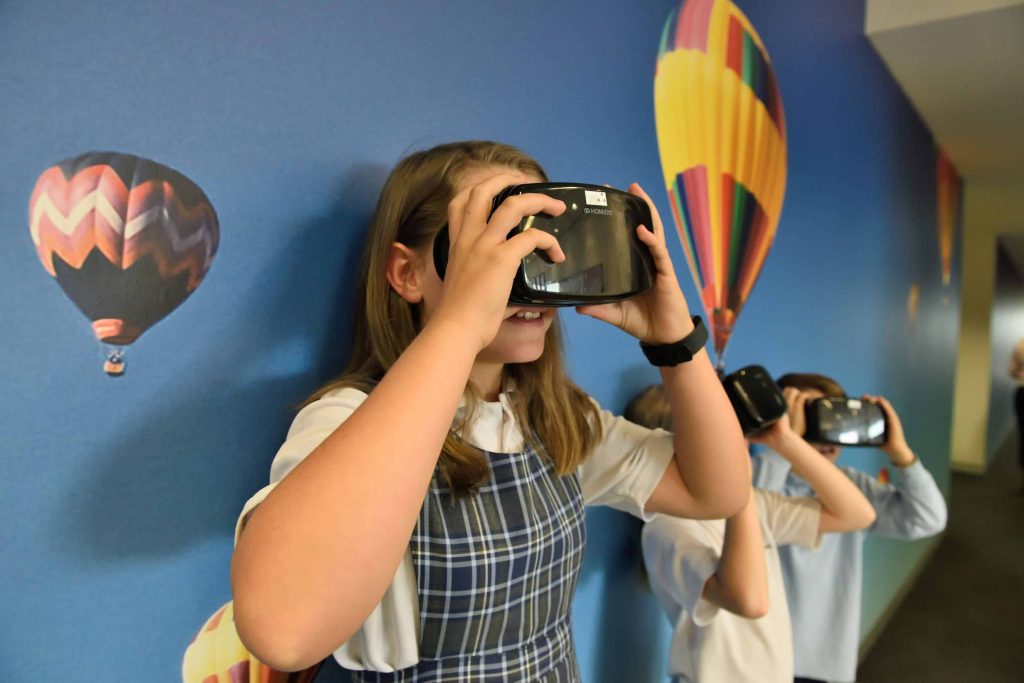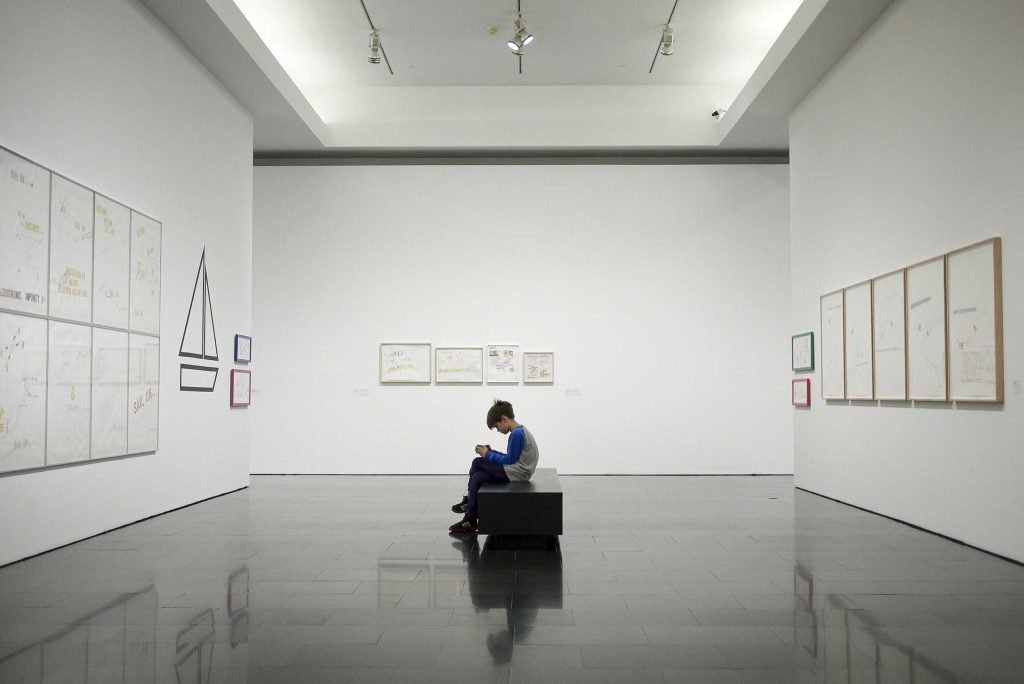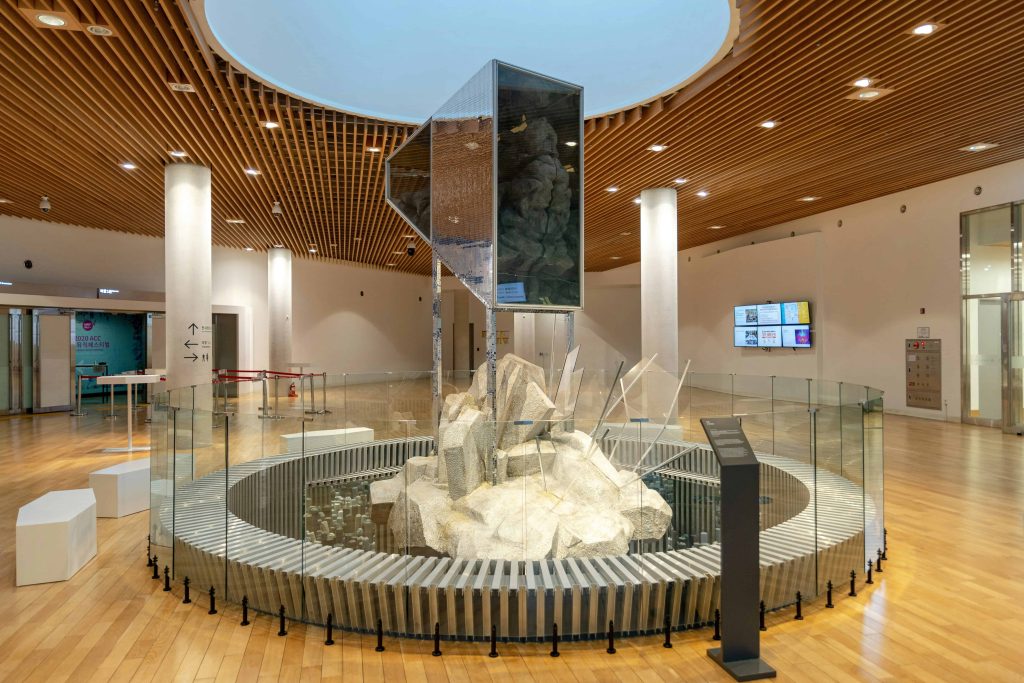
10 Jun Accessibility Considerations in Virtual Tours in 2024
Empowering Everyone: Unlocking Accessibility in Virtual Tours
Virtual tours have become increasingly popular in recent years, offering immersive experiences that allow users to explore distant places and cultural institutions from the comfort of their own homes. However, as these virtual tours continue to gain traction, it’s crucial to address accessibility considerations to ensure that everyone, regardless of ability, can fully participate in these experiences.
As virtual reality tours become more prevalent, it’s essential to recognize the importance of accessibility in these virtual experiences. While virtual reality tours offer unique opportunities for inclusion, accessibility challenges must be addressed to ensure that individuals with disabilities can fully engage with virtual art tours and similar experiences.

Challenges for Accessibility in Virtual Tours
Visual Impairments
- Difficulty Navigating 360° Environments:
- Individuals with visual impairments may struggle to navigate virtual environments that rely heavily on visual cues.
- Lack of Alt Text Descriptions:
- Images and elements within virtual tours often lack alternative text descriptions, making it difficult for screen reader users to understand the content.
- Incompatibility with Screen Readers:
- Many virtual tour platforms are not compatible with screen readers, further limiting accessibility for visually impaired individuals.
Hearing Impairments
- Absence of Captions or Transcripts:
- Audio content within virtual tours is frequently not accompanied by captions or transcripts, excluding individuals who are deaf or hard of hearing.
- Limited Use of Visual Cues:
- Visual cues are not consistently utilized to provide context or information for individuals who cannot hear audio descriptions.
Motor Skill Impairments
- Difficulty with Navigation Controls:
- Virtual tour navigation often relies on mouse or touch controls, presenting challenges for individuals with motor skill impairments.
- Lack of Alternative Navigation Methods:
- Alternative navigation methods, such as keyboard controls or voice commands, are often not available, further excluding users with motor impairments.
Cognitive Impairments
- Complex Interfaces:
- Virtual tour interfaces may be overly complex, making it difficult for individuals with cognitive impairments to navigate and understand.
- Lack of Clear Instructions:
- Instructions within virtual tours may be unclear or overwhelming, making it challenging for users with cognitive impairments to engage with the content.

Making Virtual Art Tours Accessible
General Best Practices
- WCAG Compliance:
- Adhering to Web Content Accessibility Guidelines ensures that virtual tours meet recognized standards for accessibility.
- Clear Labeling:
- All elements within virtual tours should be clearly labeled to enhance navigation for all users.
- Multiple Navigation Options:
- Providing keyboard and voice control options alongside traditional navigation methods ensures inclusivity.
- Transcripts and Captions:
- Offering transcripts and captions for audio content enables individuals with hearing impairments to access the information.
- Alternative Text Descriptions:
- Including alternative text descriptions for images allows visually impaired users to understand visual content.
Specific Considerations for Art Tours
- Multiple Views of Artworks:
- Offering various views, including close-ups and details, enhances the experience for users with visual impairments.
- Artistic Audio Descriptions:
- Audio descriptions should focus on artistic elements and techniques to provide meaningful context for all users.
- Text Overlays for Context:
- Text overlays can provide historical context or artist information to supplement the visual experience.
- Adjustable Pace:
- Allowing users to control the pace of the tour accommodates individuals with varying cognitive abilities.
Tools and Resources
- Accessibility testing tools and resources are available to assist creators in ensuring that virtual tours meet accessibility standards.

Conclusion
In conclusion, addressing accessibility considerations in virtual art tours is crucial for creating inclusive experiences that can be enjoyed by all individuals, regardless of ability. By implementing best practices and considering the specific needs of diverse users, virtual tours can become powerful tools for inclusion and cultural enrichment. Looking ahead, continued advancements in accessible technology hold the promise of even greater inclusivity in virtual experiences.
Key Takeaways
- Importance of Accessibility: Recognize the significance of accessibility in virtual tours to ensure inclusion for all users.
- Challenges Faced: Understand the obstacles faced by individuals with visual, hearing, motor, and cognitive impairments in accessing virtual tours.
- Best Practices: Implement WCAG compliance, clear labeling, multiple navigation options, transcripts, captions, and alternative text descriptions to enhance accessibility.
- Art Tour Specifics: Provide multiple views, artistic audio descriptions, text overlays, and adjustable pace to cater to diverse user needs in art tours.
- Tools and Resources: Utilize accessibility testing tools and resources to ensure virtual tours meet accessibility standards.
- Conclusion: Emphasize the importance of addressing accessibility considerations to create inclusive virtual experiences, fostering cultural enrichment for all users.
FAQs
Why is accessibility important in virtual tours?
Accessibility ensures that all individuals, regardless of ability, can fully engage with virtual tours, promoting inclusivity and equal participation.
What challenges do virtual tours pose for accessibility?
Virtual tours may present challenges for visually impaired users due to navigation difficulties and a lack of alt text descriptions. Hearing impaired individuals may face barriers like absent captions and limited visual cues. Motor skill impairments can hinder navigation controls, and cognitive impairments may struggle with complex interfaces and unclear instructions.
How can virtual art tours be made accessible?
Virtual art tours can be made accessible by adhering to WCAG standards, providing clear labeling, and providing multiple navigation options. For art-specific tours, offering multiple views of artworks, artistic audio descriptions, text overlays for context, and adjustable pacing enhances accessibility. Creators can utilize accessibility testing tools to ensure compliance with standards.
Empower yourself with the knowledge and tools needed to create meaningful connections with every visitor to your art exhibition.

